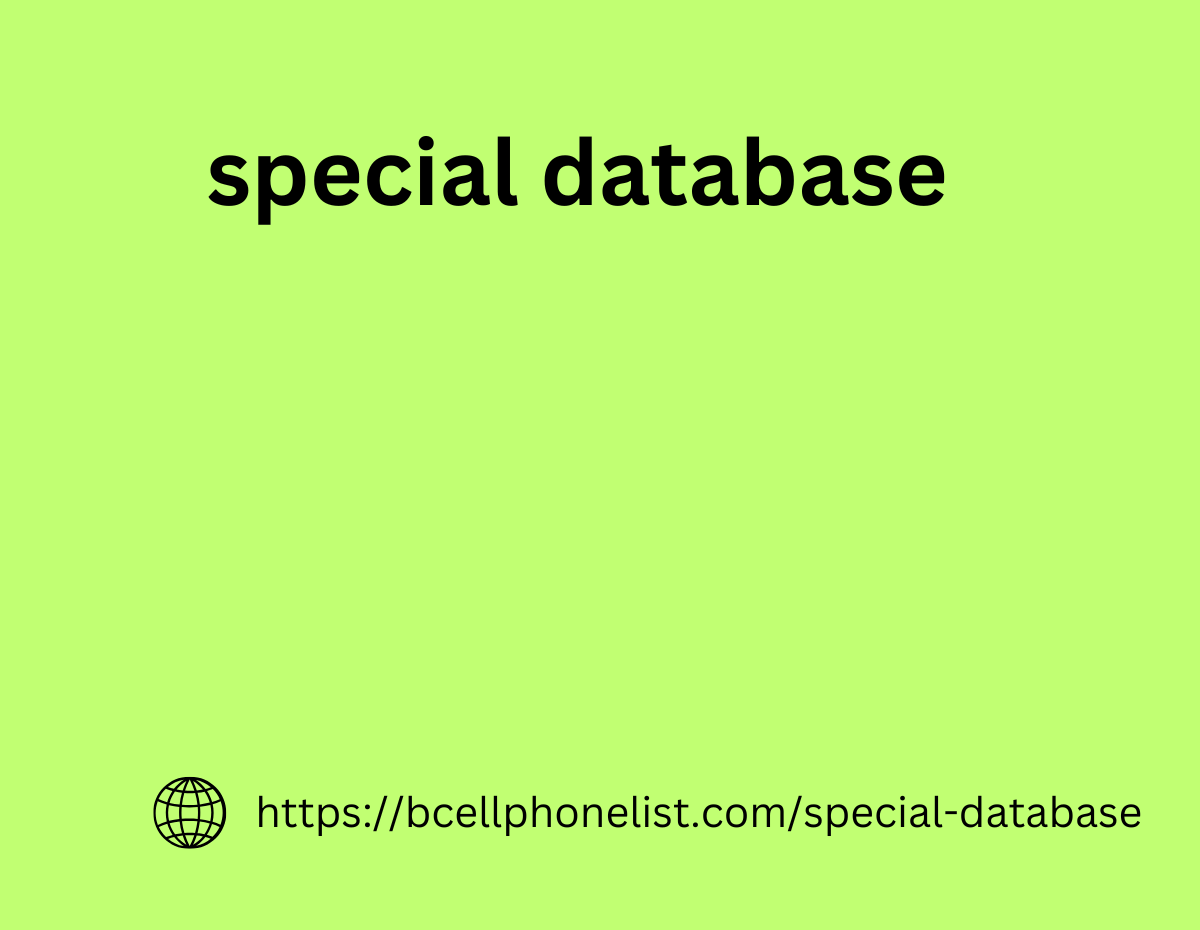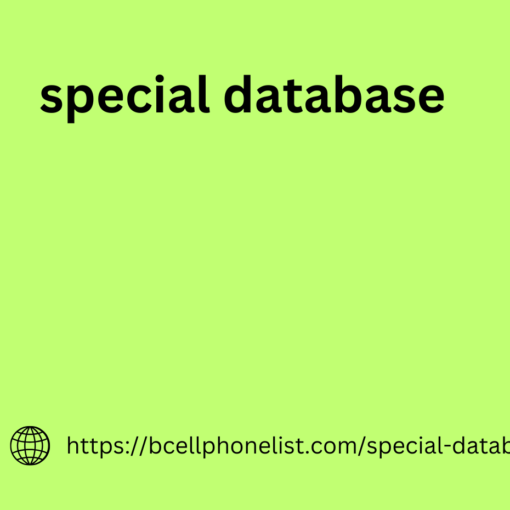It is worthwhile for the following businesses to understand how to set up dynamic remarketing on Facebook and use this channel in their advertising communications:
- online stores that sell a variety of different products: clothing, shoes, electronics;
- companies that operate in areas with a long decision-making process (for example, selling cars, real estate, expensive household goods);
- companies that book airline tickets, hotels, and offer car rental services;
- businesses with recurring sales, such as those selling cosmetics, household chemicals, and household goods.
The cost of setting up Facebook remarketing Ads may not be worth it for smaller businesses with a narrow product range or if there is insufficient website data.
What you need to prepare to launch dynamic remarketing on Facebook
For dynamic remarketing to work correctly, it is special database important to perform several consecutive tasks. In particular, it is necessary to prepare:
- Facebook page. This is the basis of any advertising campaign. Without it, you can’t launch an ad;
- Facebook advertising account. Needed to manage the advertising campaign, create ads and track results;
- product catalog. This is a database containing information about products: price, description, images and other necessary information that will be used in advertising;
- Facebook pixel and/or Facebook SDK. This is code placed on your website that helps you build retargeting audiences, track conversions, and optimize ad delivery. The Facebook SDK performs similar functions for mobile apps.
1. Installing the Facebook Pixel
For Facebook remarketing to work, you need to share data about what products and pages people have visited on your site.
Log in to Business Manager, go to the Pixels tab, click Create Pixel.
If the pixel has already been created previously, select Actions, then View Pixel Code.
Next, you need to send this code to the developer or add it to your site yourself.
To install a pixel, it is highly recommended to place its base code between the <head> tags on all pages of the site where you want to track visitor actions. Placing the code in the <head> section reduces the risk of browsers or external scripts blocking its operation. It also allows the code to run earlier, increasing the likelihood that user actions will be recorded before they leave the page.
Once the code has been integrated into your site, open the page with the pixel installed. This should trigger the fbq(‘track’, ‘PageView’) command, which will be registered as a PageView event in the Event Manager.
2. Setting up event tracking
To effectively collect data about users who interact with your product (view it, add it to cart, or make a purchase), you need to set up several key events:
- View Item (ViewContent) This event is triggered when the item card is opened and is tracked using the fbq(‘track’, ‘ViewContent’) command.
- Adding a product to the cart (AddToCart). Registered the system thus knows in real time where when the user adds a product to the cart. The command fbq(‘track’, ‘AddToCart’) is used for this.
- Purchase of goods (Purchase). A successful transaction is recorded when the purchase is completed. For this, the fbq(‘track’, ‘Purchase’) command is added.
Each time an event is triggered, additional parameters are sent to the pixel: the name of the product, its cost, category, and other data that help track user actions more accurately.
More precisely, what parameters are passed in different events, see the table:
To give you an idea of what parameters are required to set up Facebook Dynamic Remarketing, check out their descriptions:
- value — cost of goods;
- currency — the currency in which the price of the product is indicated (for example, UAH);
- content_name — name of the product or page;
- content_category — product or page category;
- content_ids — identifiers of products that are associated with the event;
- content_type — content type, for example, ‘product’ or ‘product_group’;
- num_items — the number of items in the cart (for the InitiateCheckout event).
It’s important to note that the content_ids must match the same IDs used in your dynamic remarketing feed.
The content_type parameter depends on the content_ids: if these are product IDs, use ‘product’, if these are product category IDs, then use ‘product_group’.
Examples of events
When a user views a product on the site, a ViewContent aol email list event is dispatched containing information about the product:
If the user has added a product to the cart, the AddToCart event records this fact:
When a user begins the checkout process but has not yet completed the purchase, the InitiateCheckout event is dispatched:
When a transaction is successfully completed and the user makes a purchase, the Purchase event records this.











